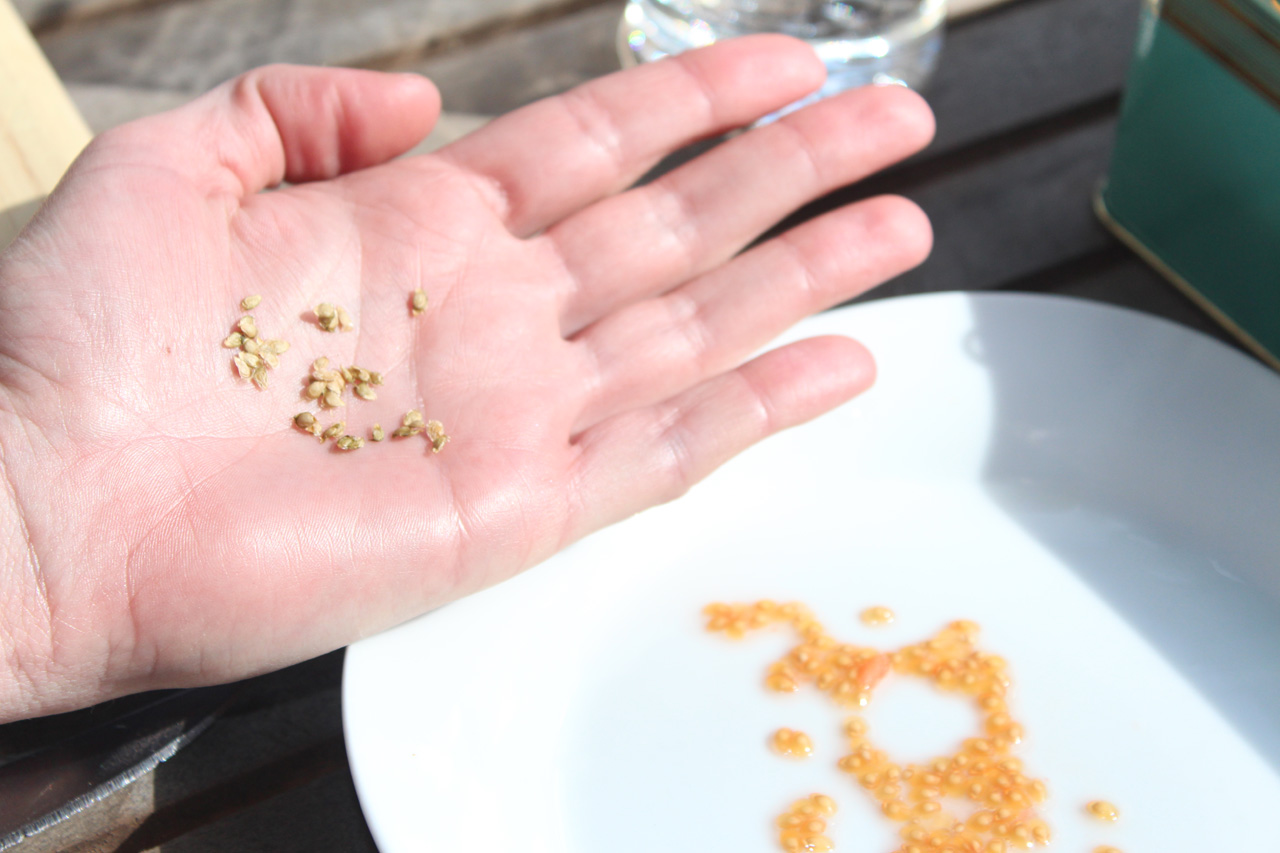One of the first vegetables that any gardener will try to grow, tomatoes are a staple of the modern Australian diet. Rather than grow standard tomatoes, The Backyard Farm is host to heirloom varieties ranging in colour from yellow and green though to red. Last year I collected seeds from a zebra tomato, which is a striped deep purple and green tomato. Time will tell whether this will work, as the seeds were collected from a store-bought tomato- the risk being that I am unaware of the growing conditions, and therefore don’t know if the seeds have been open pollinated. Fingers crossed! I have also purchased some heirloom varieties from the Digger’s Club 2013 seed catalogue “Heirloom Tomato Rainbow” (a mix of Tommy Toe, Black Russian, Tigerella, yellow lemon drop, black zebra) and “Wild Sweetie”.
The tomatoes will be the central feature of the vegetable plot this year, in a well drained, full sun position. They are being grown up a bamboo trellis, to promote good air flow (to reduce the chance of pests and disease) and to ensure that there is easy access to picking the produce. I am making a mental note to ensure picking regularly, as last year I was somewhat lazy with my harvesting, leaving over ripe fruit to fall to the ground. As this promotes pests including fruit fly, and more importantly means that I am missing out on the full harvest, my plan is to pick sooner rather than later.
The tomatoes are being planted with Basil and Marigolds as part of the companion planting scheme. Not only will the basil and marigolds look beautiful, with the colour and textural contrast, but the basil and tomatoes pair well in flavour, as highlighted particularly in Italian cuisine. In addition to using companion planting and swift harvesting of fruit, I am being mindful of watering practices in reducing fungal infections of the plant. The strategy is to water the roots though a drip watering system where possible, avoiding wetting the foliage. The timing of the watering is crucial too, particularly in the hotter summer months. Early morning is not my favourite time of day, but I will be out in the garden giving the garden a good soak so that the plants will have moisture though the day. Night watering encourages pests (such as slugs and snails) and disease, and watering in the heat of the day can ‘burn’ the foliage.
Collecting Tomato Seeds
If you are serious about propagation, wisdom tells us to save the seeds from the best plants so that the next generation can inherit the preferred traits. Hooray for evolution! You could select plants for the taste of the fruit, the time of the harvest or the ability to withstand disease. Luckily, the flesh of your best tomatoes can still be eaten even if you want to save the seeds. Gathering and saving the tomato seeds is a fairly simple process:
1. Cut open tomato and scoop out the pulpy seeds
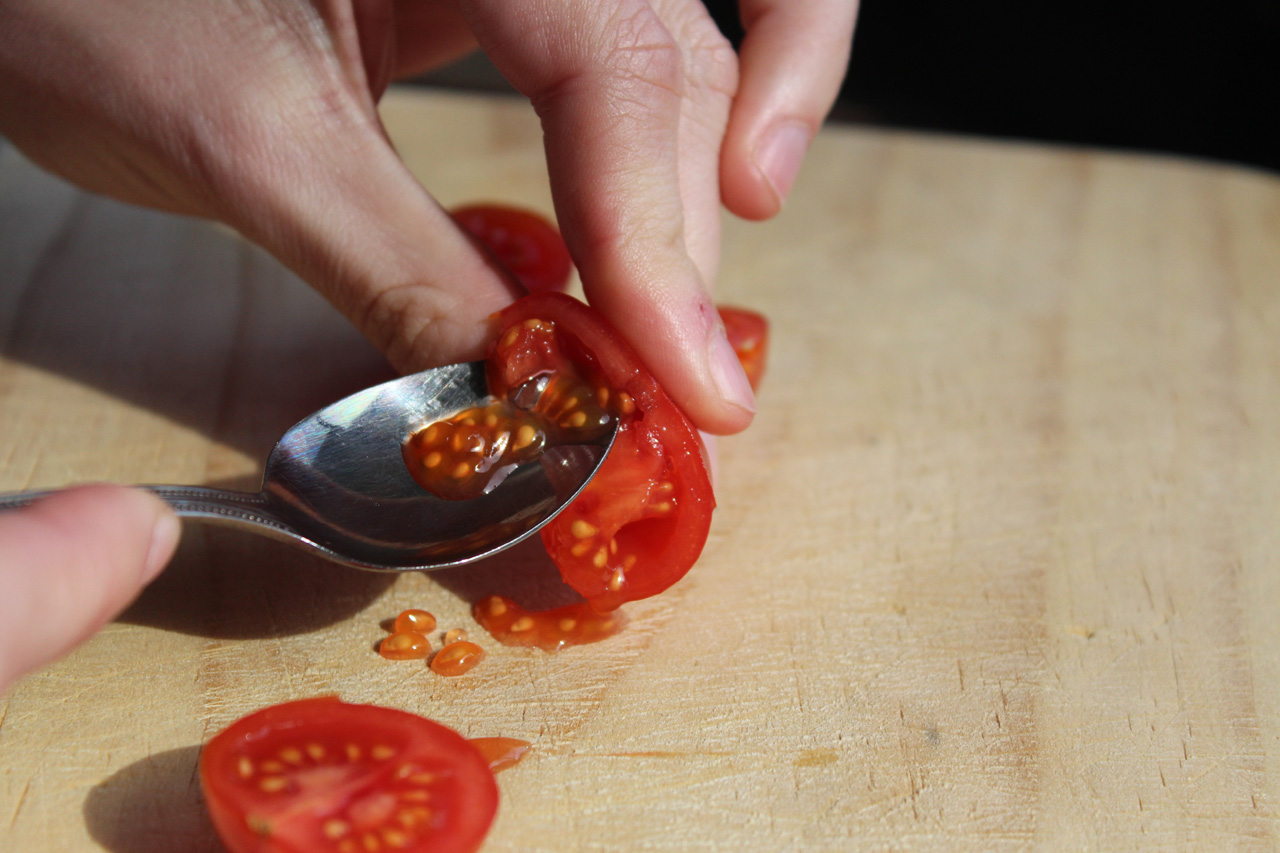
2. Put the pulp into a bowl and manually remove as much of the chunky pulp as you can, retaining the seeds.
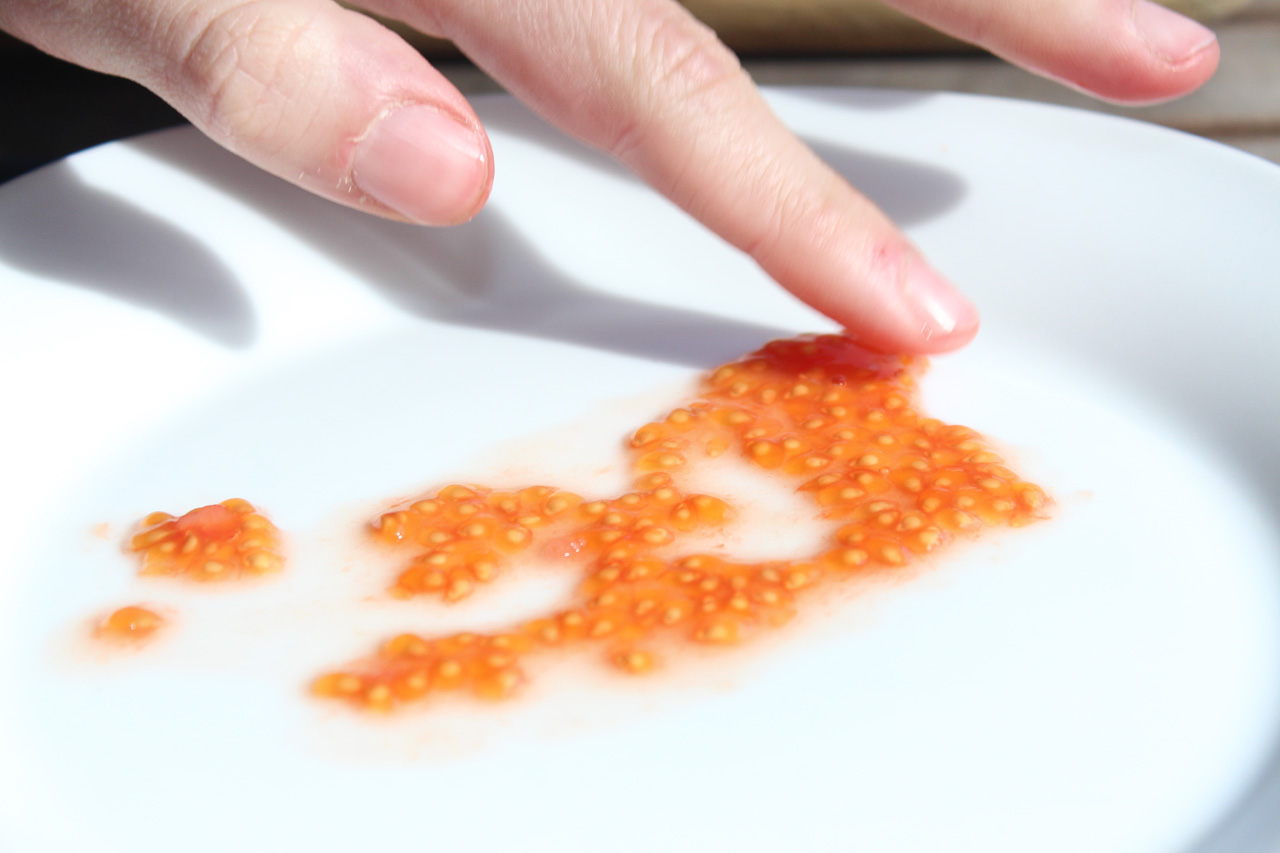
3. Transfer the seeds to a jar or simply fill the bowl with water, and leave overnight. This helps to separate the seeds from the pulp. This is important, as the pulp has an inhibitory effect on seed germination.
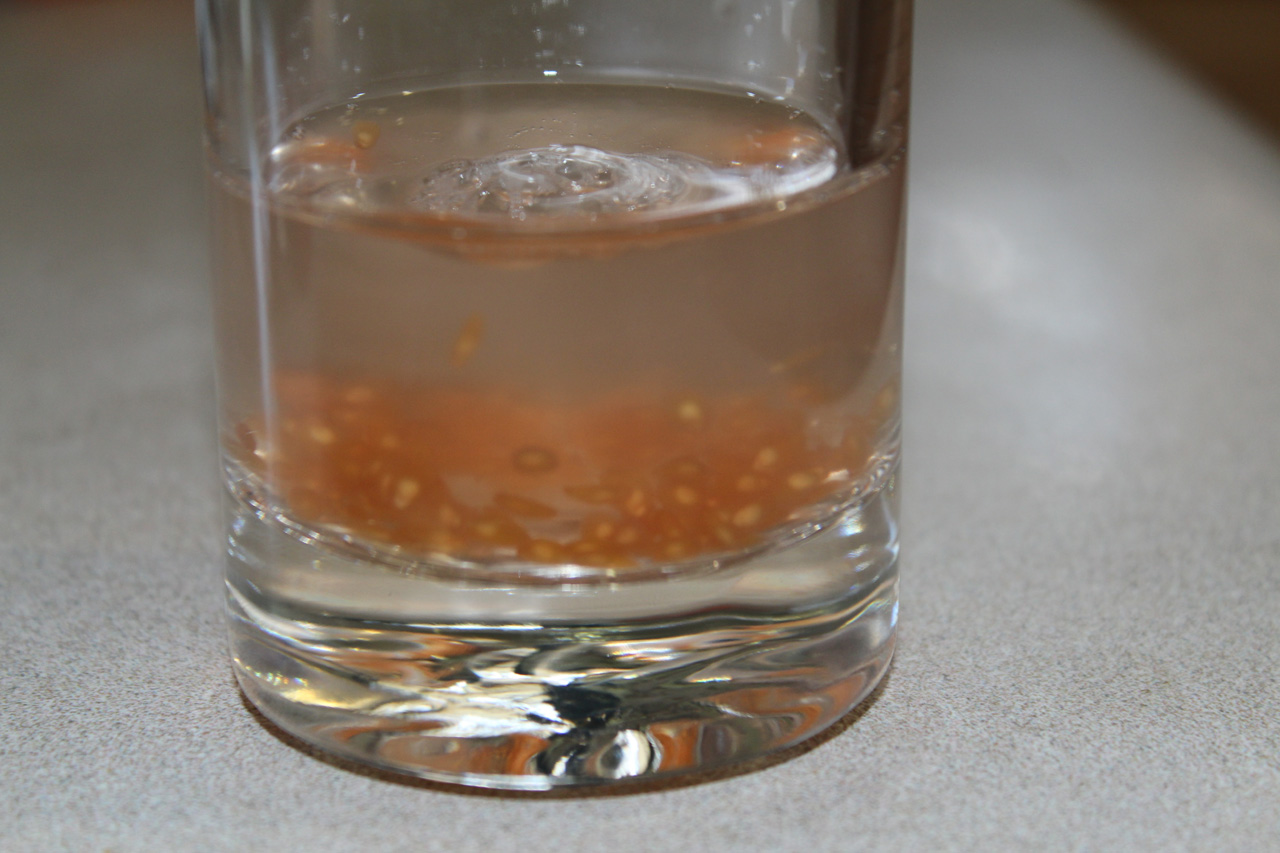
4. Transfer the contents to a fine sieve and wash the remaining pulp off the seeds under running water.
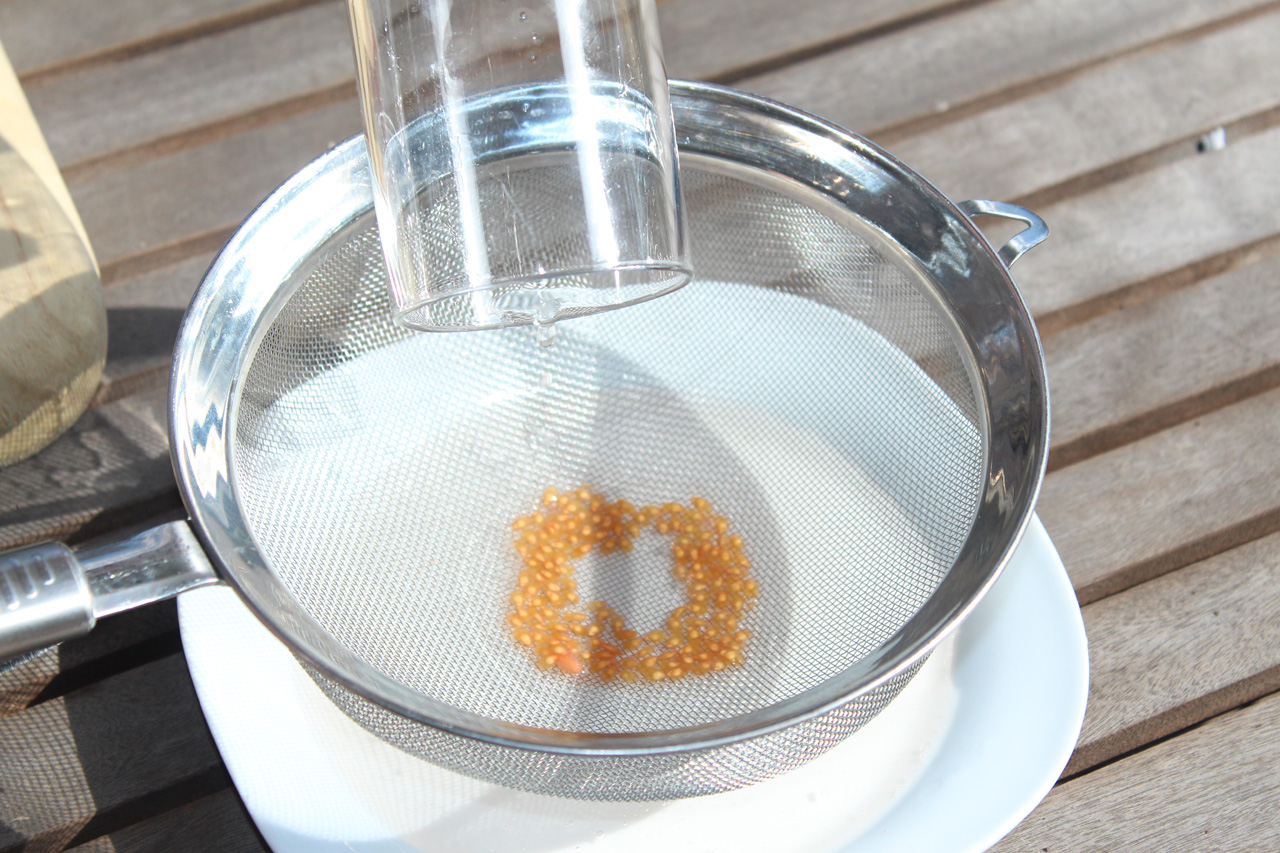
5. Put the clean seeds onto a plate and place in a warm dry environment, protected from birds. When seeds are completely dry, scrape off the plate and store in a dark, dry place- in a jar or seed packet. Remember to label the seeds so you don’t get your types mixed up!
